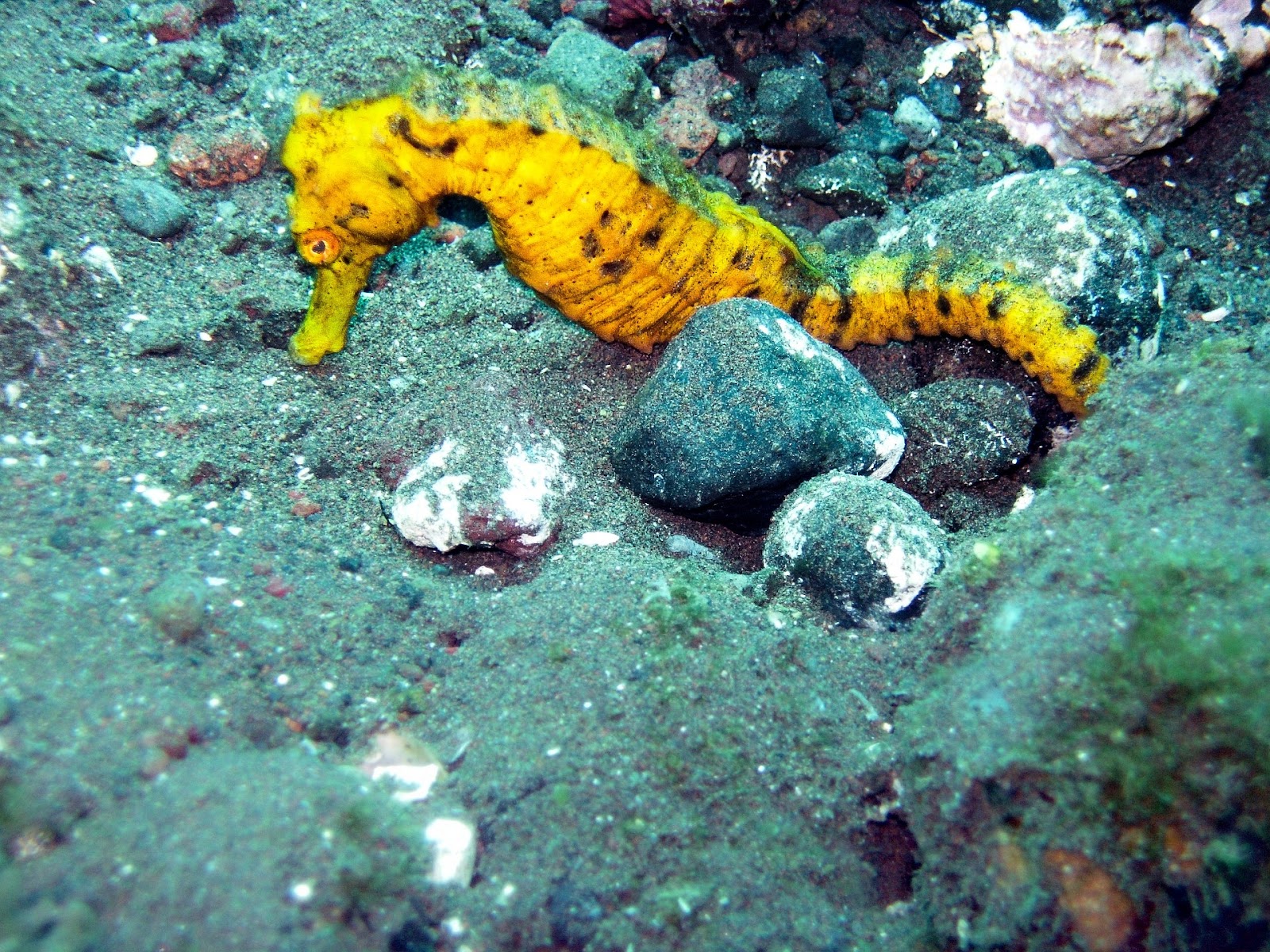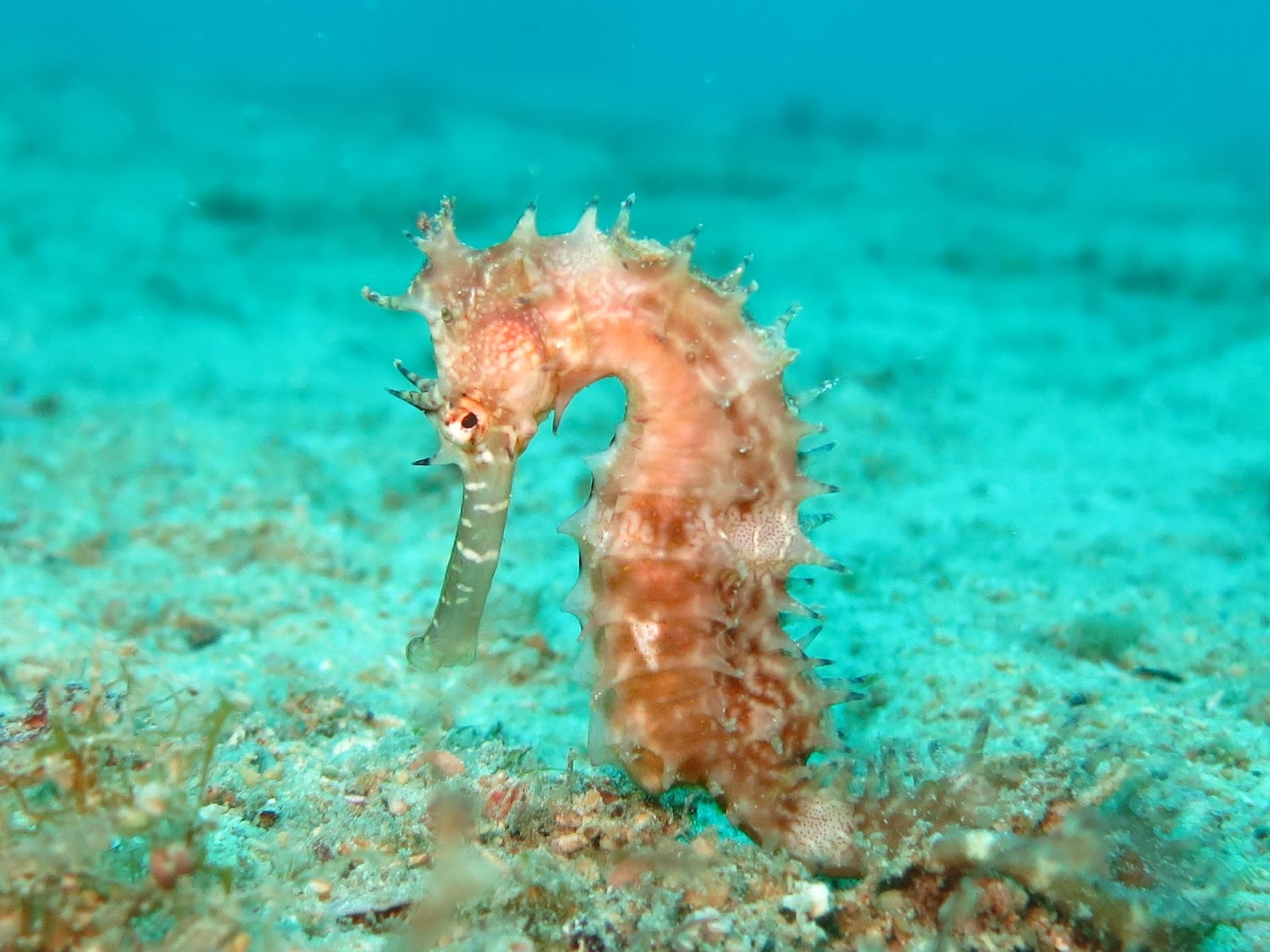One of the most distinctive features of seahorses is that it is the male, not the female, who carries the eggs and gives birth to the young. The male has a specialized pouch on his abdomen where the female deposits her eggs, which he then fertilizes and incubates until they hatch.
Seahorses are slow swimmers and feed on small crustaceans, such as shrimp and copepods, which they suck into their long, snout-like mouths. They are also preyed upon by many larger animals, such as octopuses, birds, and fish.
Despite their unique and charming appearance, seahorses are facing a number of threats, including habitat destruction, pollution, and overfishing for the aquarium trade and for traditional medicines. Conservation efforts are underway to protect seahorses and their habitats, and many organizations are working to raise awareness about the importance of these fascinating creatures.
In conclusion, seahorses are remarkable creatures that have adapted to their environment in unique and interesting ways. They play an important role in the marine ecosystem and deserve our protection and attention.
Seahorses are also known for their unusual swimming style, which is characterized by their upright posture and the undulating motion of their long, ribbon-like tails. This style of swimming is energy-efficient and allows them to blend in with the seagrass and other underwater vegetation that they often call home.
Some species of seahorses, such as the weedy seahorse, are well adapted to life in the sea and are able to blend in with their surroundings, while others, like the tiger tail seahorse, are more brightly colored and stand out in their environment. Regardless of their appearance, all seahorses have the ability to change color, which they use to communicate with other seahorses, to attract mates, and to blend in with their surroundings.
Another fascinating aspect of seahorses is their courtship rituals, which often involve intricate displays of color and behavior. Male seahorses will often change color, arch their bodies, and dance for the female in order to win her attention and secure a mating opportunity.
Seahorses are also important to many cultures and are often considered symbols of good luck and protection. In Chinese culture, for example, seahorses are associated with prosperity, longevity, and good fortune.
Despite their importance and cultural significance, seahorses are facing many threats in the wild. Overfishing, habitat destruction, and pollution are all taking a toll on these fascinating creatures, and many species are now considered to be threatened or endangered.
In conclusion, seahorses are remarkable creatures that are as fascinating as they are beautiful. They play important roles in their underwater communities and are an integral part of the marine ecosystem. It is our responsibility to protect these amazing creatures and to ensure that they will be around for generations to come.





Comments
Post a Comment